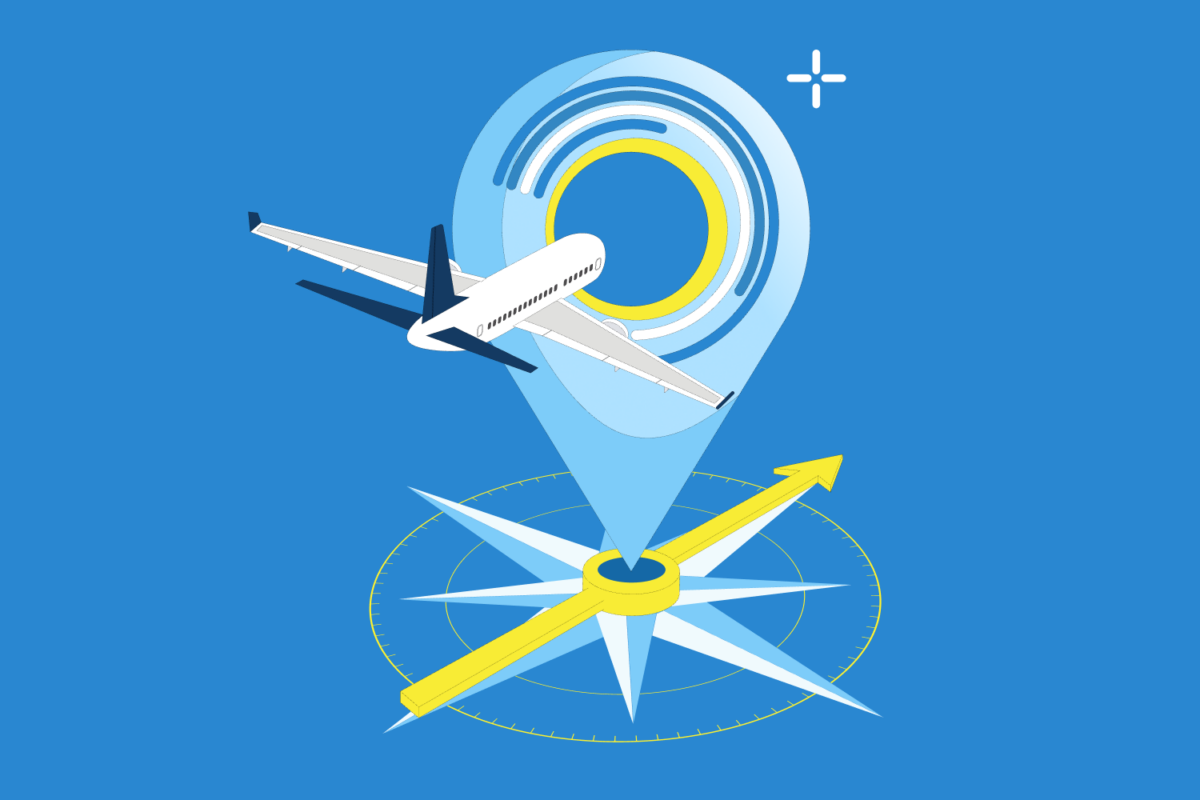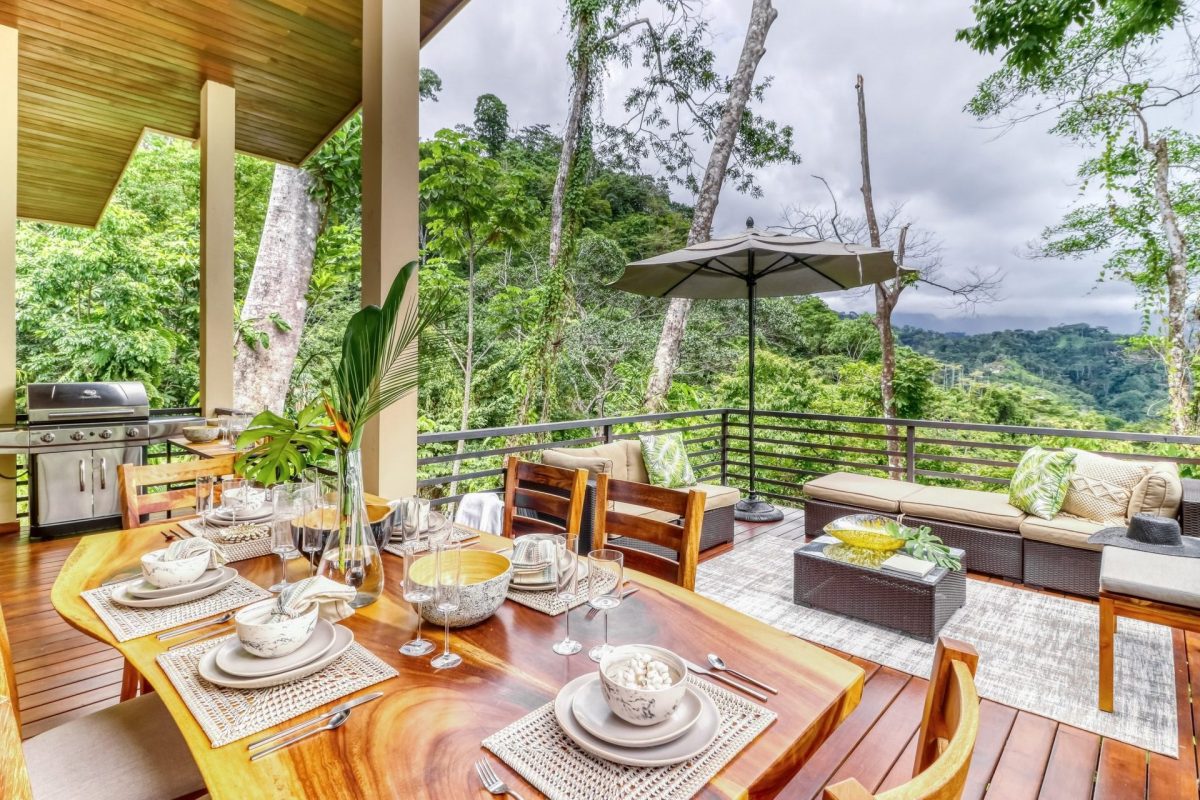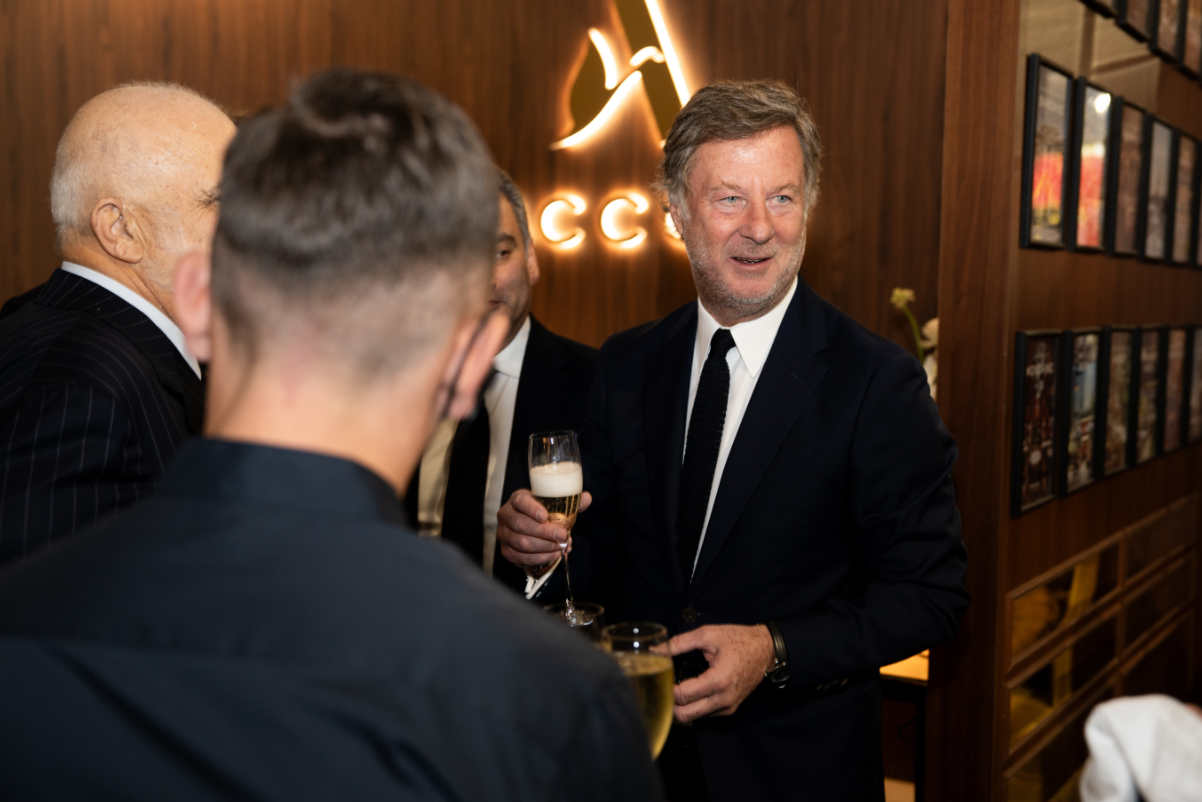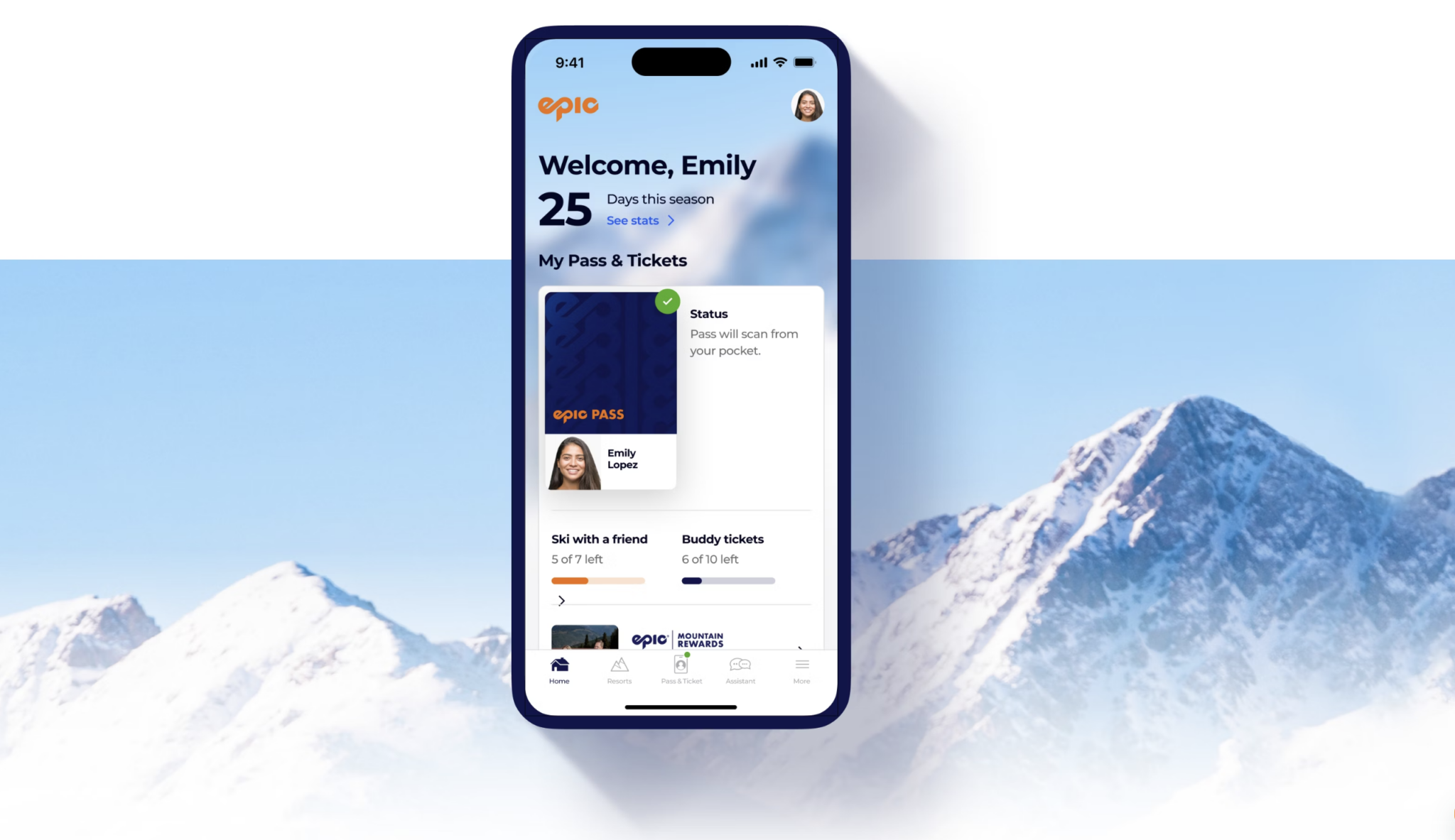Tourism Bureaus Turn to Rigorous Research to Differentiate Their Brands
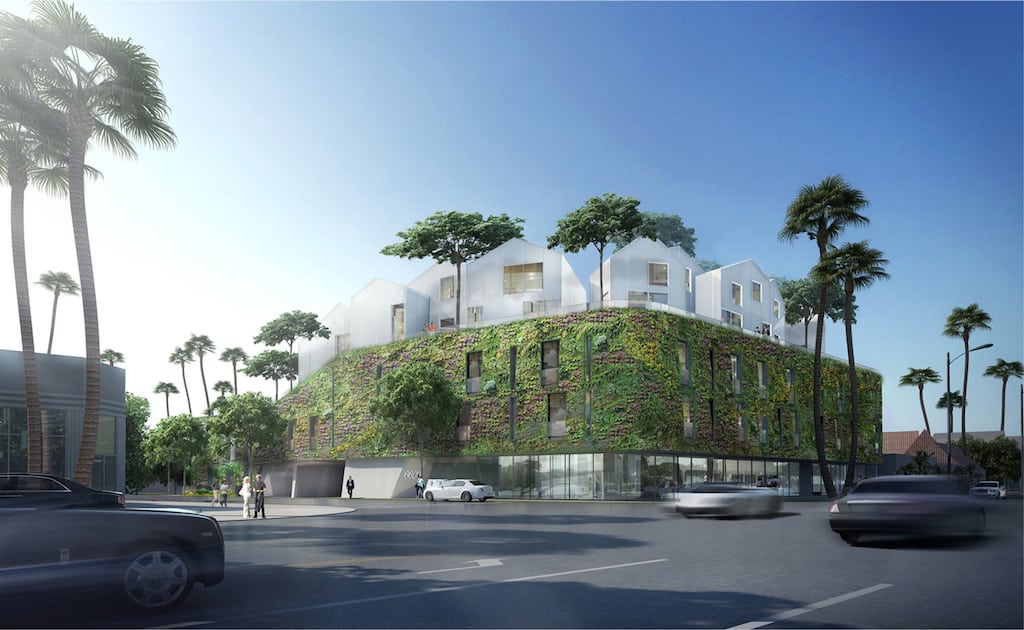
Skift Take
Mature travel destinations are challenged with keeping their traditional visitors happy, while evolving at the same time to remain relevant for the next generation of leisure and business travelers.
Toward that end, convention and visitor bureaus in places as diverse as Beverly Hills, California; Catalonia, Spain; and London, England have been publishing more rigorous research than typical around their signature visitor experiences in an attempt to expand their iconic brands into a shifting luxury marketplace.
The goal among the above destinations is not simply to reaffirm their ability to deliver travel and hospitality product for which they’re already universally respected, but rather to show how they’re trying to maintain their leadership positions in their respective markets.
“One of the wonderful things about being a mature brand is that everybody knows you, so you don’t have to waste a lot of time explaining what your offerings are,” said Julie Wagner, CEO of the Beverly Hills Conference & Visitors Bureau. “But one of the challenges with a mature product is that people have a lot of preconceived notions. So while we continue to appeal to our current demographic, aspirational demographics don’t always understand what we do here is geared toward all different walks of life and all different generations.”
“Aspirational demographics” means Millennials. Like other traditional luxury destinations, Beverly Hills is fighting the perception that it caters mostly to old rich people.
It’s a question of relevancy for tourism bureaus. Solid research helps them codify how a they’re establishing travel trends today specific to their widest potential consumer base.
It also helps plot internal strategy against their competitive set; it works as a sales and content marketing tool to drive increased exposure; and it educates the bureaus’ destination partners on the future of the consumer behavior in general throughout the region.
“Research like ours certainly builds affinity with a brand among both our consumers and stakeholders,” said Wagner. “Like anything else, it’s all about how you build your story and prove your value proposition, and how those are aligned with tomorrow’s trends.”
Beverly Hills: The Future of Luxury?
Beverly Hills launched The Future of Luxury trend report in May 2016 for its partners and potential leisure customers and conference groups (it’s password protected, but the tourism bureau makes it available to anyone who requests access). Complementing that this summer, The Definition of Luxury content platform showcases local personalities affiliated with the city who are driving trends in fashion, art, design, food, hospitality, and wellness.
The 44-page Future of Luxury report looks at the consumption habits and travel preferences of people living in the top 10 cities worldwide with the highest number of Ultra High Net Worth Individuals (UHNWI), defined as those having a net worth of at least $30 million per household. The 10 cities range from London (#1) to Zurich (#10), with New York (#4) being the only city in the Americas included in that list.
The data, culled from a variety of sources, is designed to show how the world’s richest people are spending money to provide insight for BHCVB’s travel, hospitality, and retail partners.
For example, the report shows: 74 percent of high-net worth Singaporeans said they prefer to shop in physical stores, versus online; 60 percent of them purchased luxury goods while traveling; and 48 percent of their discretionary spending is dedicated to travel. In Zurich, which has the world’s third highest density of millionaires after Monaco and Geneva, spending is shifting more toward “investments of passion” such as art, automobiles, skiing, and yachting.
“The main message behind the research for the customer is the whole idea of customization,” explains Wagner. “If you want the $30,000 dress and the most expensive restaurant and penthouse suite, we’ve got that. But we also have many other travel experiences for a broader definition of the luxury market.”
Those experiences are explored in detail in The Definition of Luxury microsite with interviews of people like designer Kelly Wearstler and architect Ma Yansong. Each cultural influencer is interviewed about their perception of how Beverly Hills is defining the future of luxury travel.
Catalonia’s Year of Gastronomy & Wine
The Year of Gastronomy & Wine Tourism in Catalonia 2016 is an innovative tourism development and research initiative created by the Barcelona-based International Institute of Gastronomy, Culture, Art & Tourism (IGCAT). The overarching multi-year mission is focused on collecting data and business insight on the marriage of culinary and cultural tourism to drive increased visitation throughout the entire Catalonian countryside.
Beginning with Catalonia in 2016, IGCAT launched the European Region of Gastronomy Platform & Award to recognize tourism areas with a “moral obligation to ensure improved food quality and support for local cultures and traditions.”
Destinations applying for the annual designation must agree to carry out continual research during the year so that best practices can be shared across the continent.
The Platform also forces regional stakeholder groups to come together to develop the bid in an inclusive environment to prove community solidarity and engagement. To bid for the 2016 event, the Catalan Tourist Board, Barcelona Tourist Board, and Catalonia’s provincial governments, universities, culinary schools, and assorted food and wine organizations banded together to create an impressive Candidature document.
The bid outlines in detail the immediate and legacy strategies to drive more tourism and media exposure to the regions surrounding Barcelona. From a consumer-facing perspective, IGCAT and the rest of the stakeholders have developed a full year of special promotional events at culinary-themed festivals, conferences, and trade shows. The Catalan Tourist Board alone has put together a huge range of 150 wine, cava, and cheese festivals “to reinforce the part played by gastronomy in Catalan identity.”
Presently, the government and tourist board are also developing a series of food and wine-related routes to promote visitation to farms and wineries in previously underserved communities.
“As you learn how important the land and the vagaries of the climate are for the wine, you will understand better the person who makes it, who may even be the same person who shows you around,” said Xavier Espasa, director of the Catalan Tourist Board.
The promise stated in the Candidature for 2017 and presented as “a great opportunity to reinforce, together with the rest of the European Regions.” That includes “all the positive aspects that gastronomy implies, in terms of people’s quality of life as well.”
A sample of that long-term strategy is the Catalan government-operated Gastroteca.cat website focusing on local food suppliers and where their products can be purchased at local markets, along with Catalan recipes and special events.
The new Som Gastronomia website shows a full list of activities and participants.
London’s Experiential Playground
London & Partners recently partnered with U.K.-based Event Magazine to produce a new trend report called “London’s Experiential Playground.” An extensive series of case studies show how conference organizers are using England’s capital in creative ways that tap into the city’s eclectic mix of local talent and venues.
While we’ve focused on the convention bureau’s previous research reports, this collaboration with Event shows a marked improvement in terms of the depth of analysis and the detail of examples. Brexit and the overall improvement of convention facilities across European cities, London & Partners has been on a marketing blitz of late to promote the destination’s competitive edge in meetings and events sector..
“Brands have de facto become the patrons of good stuff,” said Jonathan Emmins, founder of London-based brand agency Amplify. They win audiences over by showing consumers that they 100 percent get them, and by creating experiences that those who attend know wouldn’t have happened without that particular brand’s help or vision.”
London, then, is positioning itself as a city who “gets” the world’s most global, creative brands with this research project.
“We want to demonstrate that London is the ultimate modern city to deliver activations,” said Deborah Kelly, business development manager for London & Partners.
A good bunch of the case studies focus on temporary pop-up experiences, like brand activations for the Fiat 500 in an underground train station, an Adidas venue in jogger-friendly Victoria Park, and a couple Propercorn gourmet popcorn pop-ups in hipstery Shoreditch and Brixton.
That variety of experiential programs throughout the research is designed to show how London can curate bespoke events, and how well those activations drive brand exposure. The report states that Propercorn earned a 60 percent lift in the amount of Londoners who rated the corn number one, among the 31,000 people who tried the product during the pop-up period.
The last third of London’s Experiential Playground encompasses the evolution of event tech used at conferences like Advertising Week Europe and sporting events including the recent Euro 2016 soccer championship.
Produce UK developed the Hyundai FanDome, for example, during Euro 2016. The pop-up venue provided a live 360-degree audiovisual immersion for over 45,000 people during the tournament. The inside of the giant theater was covered in large video screens that enclosed fans in what Hyundai called “Football Heaven.”
The research paper could use a bit more detail in the final technology section, showing perhaps more photos and illustrations with explanations of the event tech in action. But the rest of information throughout the individual case studies is solid, utilizing extensive quotes for context.

